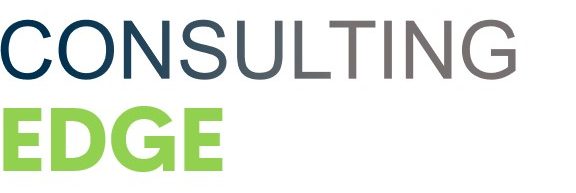Every business aims to minimize the risks associated with its operations. Risk assessment is an important part of any business plan. And qualitative risk assessment is also a necessary component for successful implementation.
These assessments are used to find potential risks that may arise from different sources in your operation. In a qualitative Risk Assessment, the goal is to find the potential risks.
This blog post will help you perform a qualitative risk assessment and identify risks in your business or organization. You’ll learn how to create a list of risks, prioritize them based on their severity and probability of occurrence, and rank them by importance.
What is Qualitative Risk Assessment?
Qualitative Risk Assessment is a risk assessment method that works with the help of subjective evaluation. It uses expert opinion rather than statistical data to find potential risks during an operation.
This assessment does not use numeric scales for measuring the likelihood or impact of risks. But it takes into consideration different sources and factors associated with each source.
The main focus of this activity is to find the probability of an event occurring. The idea behind qualitative assessments is that you can determine if something bad will happen based on how likely it seems to occur in your business.
This type of analysis does not use statistical data or probabilities, but rather a strong understanding and judgment about how things work within your company.
Factors to consider during the risk assessment?
There are many sources of risk that can affect your business. The Risk Assessment activity should include all these different factors and their interactions with each other, as well as the company’s environment.
It is necessary to identify all potential risks associated with a particular source or factor. Before you start thinking about how those risks may work together. Each separate event will contribute to an overall picture of risk for your organization.
These factors can be:
- People (management, employees, etc.).
- Equipment/machinery.
- Materials involved in the manufacturing process.
- Storage facilities where you store goods and products to sale.
How to perform a Qualitative Risk Assessment?
When performing a qualitative risk assessment, you need to identify the different risks associated with your business. These can be either internal or external sources of potential problems for your operations and employees.
You also have to determine how likely they are going to occur in order of importance based on their severity if they do happen.
- First, create a list of all possible risks.
- Then prioritize them by severity and probability of occurrence, taking into consideration the impact on your company if they do happen.
- Rank them all by importance so you can focus more on those with a high potential for damage to your business.
- Next, develpe strategies to address the risks.
- Last, review your risk assessment regulary to ensure you are still minimizing the risks in your company.
In order to perform this assessment well, it is necessary that you have detailed information about each risk as well as a detailed understanding of how things work within your business or organization.
It’s important to consider any changes that may occur in your environment during operations such as new laws or regulations coming up. These could potentially change the way businesses operate resulting in additional risks being introduced which need to be addressed.
How to prioritize risks?
Once you have created a list of possible risks associated with your organization. It’s time for prioritization – one of the most important steps in qualitative Risk Assessment.
You should rank each item on the list based on how likely it seems for this specific factor. It also needs to consider how it can cause harm during operation, as well as its severity if an event does occur.
You can prioritize your list in two different ways.
The first method is to rank risks based on their frequency of occurrence and the probability that they will cause harm.
For example, you may have identified a risk where one or more employees could be injured. It can be hit with falling objects from an overhead crane as it travels across the shop floor.
In this case, you would consider how often accidents happen involving cranes traveling through work areas. As well as whether anyone has been hurt previously as part of your assessment process for prioritizing these items.
Another method is to prioritize your list based on the impact a risk factor could have if it were to occur.
For example, you may have identified a risk where an entire batch of finished products doesn’t meet quality standards. So it needs to be reworked or thrown out entirely.
In this case, you would want to know what percentage of your revenue these items represent as part of your assessment process for prioritizing risks.
You can also use both factors together in order from those that are more important than others.
This will help improve the accuracy of qualitative Risk Assessment. Since there are often trade-offs between frequency and severity when identifying potential risks. These can involve running any type of business operation or organization.
Benefits of Qualitative Risk Assessment:
It is a very flexible way of prioritizing risks. It doesn’t require any specific information about your business or industry in order to get started.
Performing qualitative Risk Assessments can be beneficial for every type of business.
Here are some of the core benefits of using this risk analysis;
It can help managers make more informed decisions about current processes and plans for the future.
If there are any opportunities to improve upon existing conditions. It will become evident during this process as well.
This allows companies to identify their greatest vulnerabilities in order to reduce them over time. Along with taking advantage of potential new areas that may open up due to changes occurring within the environment or industry itself.
This is also very effective at showing how each risk factors into your overall goals as a company. This helps you to prioritize accordingly no matter what type of organization you have running on a day-to-day basis whether large or small scale.
Conclusion:
In conclusion, qualitative Risk Assessment is a great way for organizations to identify potential risks that could affect their business operations. It can also help them prioritize these items based on how likely it seems they will occur and the severity of any resulting consequences.






